Polyurethane foam sheet: technical characteristics and application features
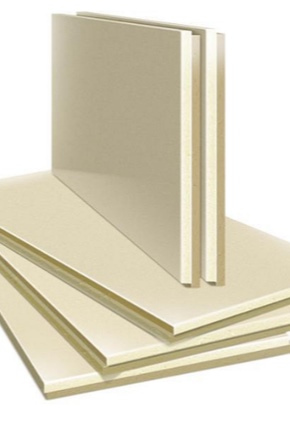
For a long time, polyurethane foam sheet is rightfully considered one of the most popular building materials. The huge variety in the use of this unique material makes it possible to use it not only in the form of insulation in the construction of buildings, but also in the manufacture of fabrics and furniture.
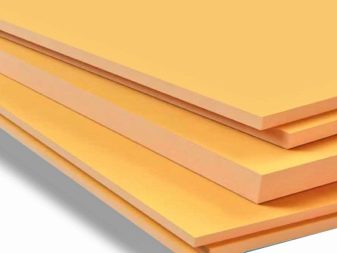

Peculiarities
Polyurethane foam is a synthetic foam in the form of a rectangular sheet, which has various thicknesses and is easy to use. In fact, polyurethane foam can be described as a type of plastic. PPU was invented back in 1937 by German scientists under the guidance of chemist Otto Bayer. At that time, the material had not yet enjoyed such great popularity, but it was clear that it has unique properties, and that many opportunities for further use in production await it.
Nowadays, polyurethane foam is very popular. The manufacture of PU foam is a feasible task. It is easy to do it right on the construction site, all you need to do is keep the required proportions of special ingredients. Seams are made by pouring petrochemical processing components into a special mold. After thorough mixing, the mixture is distributed into prepared forms with a press, where the material hardens and takes the required shape and size.
By its structure, the material turns out to be porous, with the presence of cells that are filled with a gaseous substance. The mesh sizes affect the density of the material.

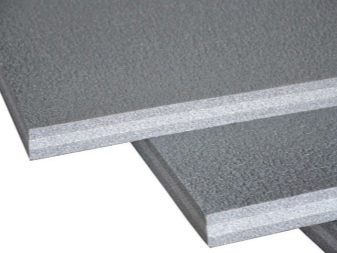
According to the type of stiffness, several types of polyurethane foam sheets are distinguished:
- standard version;
- hard material;
- polyurethane foam of increased rigidity;
- highly elastic;
- elastic fireproof.
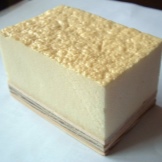
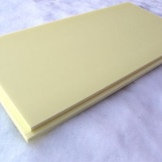
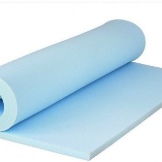
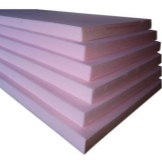
Rigid elastic fireproof insulation of the PPU-ER brand has high thermal insulation properties. Its technical characteristics make the material indispensable for the arrangement of buildings and industrial enterprises. This material is used in highly responsible manufacturing areas such as the automotive and aviation industries.
Rigid polyurethane foam sheet has proven itself well for wall insulation. This material is produced in the form of slabs and has noise suppressing properties. Installation of walls in the building is carried out both from the outside and from the inside. Rigid polyurethane foam is excellent for insulating pipelines. Often, special shapes are used that are attached to pipes with clamps or wire, which, in turn, helps to retain heat and protects them from damage and low air temperatures.

Advantages and disadvantages
Polyurethane foam is a modern building material that has a strong structure and thermal insulation properties. The scope of application of polyurethane foam is quite diverse and includes many industries such as building construction, aviation, automotive, toys and upholstered furniture.
The main positive aspects of the material can be indicated as follows:
- the material does not cause allergic reactions;
- it does not form fungus and mold;
- resistant to temperature changes;
- easy to use;
- a wide range of activities;
- high rates of sound insulation.
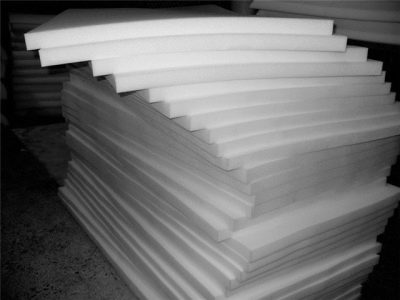
Polyurethane foam for furniture production does not represent a favorable habitat for insects.And also its main advantage is the ability to take various necessary forms, which is important in the manufacture of upholstery for furniture, seats and mattresses.
Despite the significant advantages, polyurethane foam also has negative aspects.
- The negative influence of ultraviolet radiation contributes to rapid wear. Plaster or paint can be used as protection.
- Polyurethane foam is a flame retardant material. A high temperature will not lead to a fire, however, the insulation may start to smolder. This process can be stopped when the material is cooled. Therefore, where the surface can begin to warm up, it is better to refuse to use polyurethane foam.

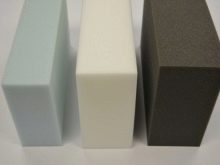

Specifications
As a heater, polyurethane foam has a significant superiority over other building materials. Usually, rigid polyurethane foam is used in construction, which has excellent energy-saving qualities in the form of high density up to 70 kg / m3 and low thermal conductivity from 0.02 to 0.03 W / m.
In general, rigid polyurethane foam is characterized by the following features:
- low water permeability;
- high strength;
- various methods of making material;
- wide range of operating temperatures;
- resistance to precipitation, chemical elements, radiation and corrosion.
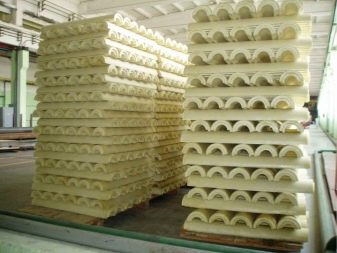
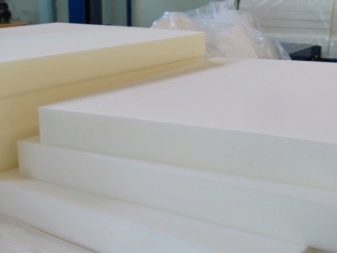
In general, polyurethane foam sheet is a modern building material that has found wide application in various industries, including construction, furniture and clothing industries.
This versatile foam polymer is resistant to moisture and temperature. Polyurethane foam is durable in operation and has high sanitary and hygienic standards, which makes it safe for human health and life.
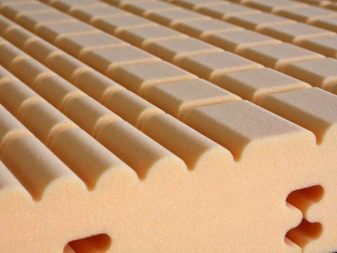
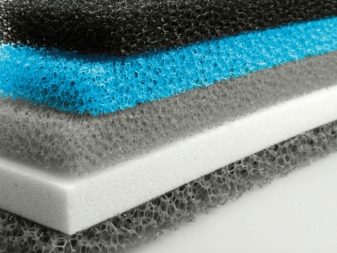
You will learn more about the benefits of polyurethane foam in the next video.













The comment was sent successfully.